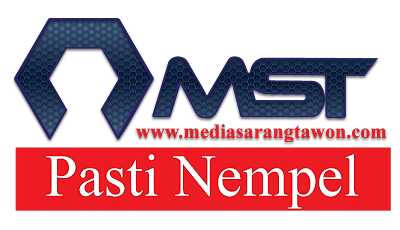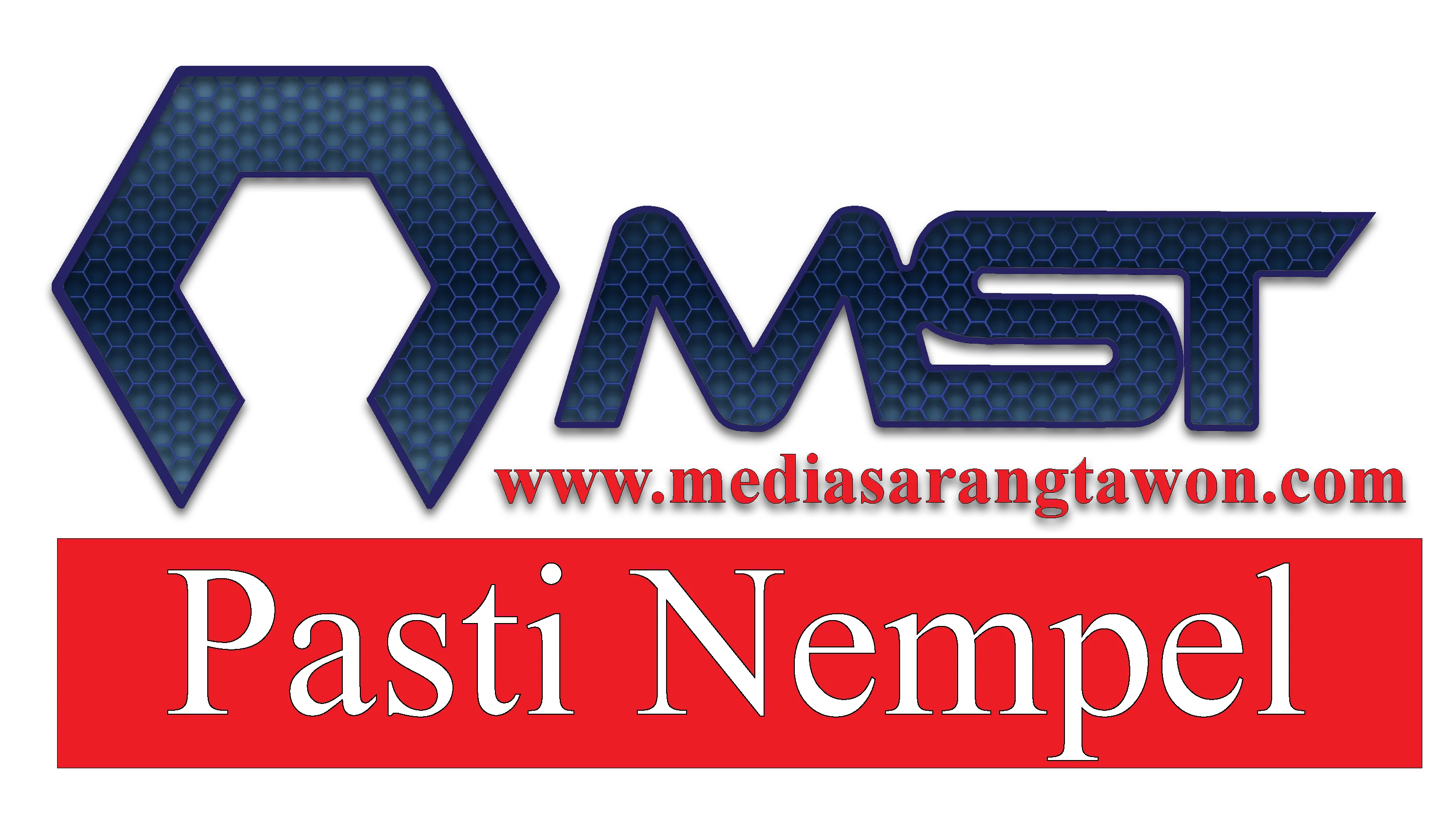POME or Palm Oil Mill Effluent is liquid waste generated from the processing of Fresh Fruit Bunchs (FFB) into Crude Palm Oil (CPO) and Kernel in palm oil mills. This effluent / liquid waste contains high organic and inorganic materials and can pollute the environment if not managed properly.

POME contains various substances such as dissolved and suspended organic matter, free fatty acids, waste oil, and chemicals such as phosphates and nitrates. The high organic matter content makes POME easy to decompose and can cause environmental problems such as degradation of water quality, reduction of dissolved oxygen in the water, and potentially poisoning of fish and other animals.
To reduce the negative impact of POME, palm oil mills usually use waste treatment technologies such as Fat Pit, Settling. Meanwhile, the Effluent Treatment Plant (ETP) uses anaerobic treatment, facultative treatment, aerobic treatment, and secondary settling before being discharged into the environment or used as crop fertilizer / Land Application.
In addition, some palm oil mills have also used further treatment technologies such as CSTR, UASB, Covered Lagoon Anaerobic systems that can produce energy or biogas from methane gas produced from anaerobic treatment of POME which can be used as boiler fuel, as an electricity conversion unit, or as fuel distributed to employee housing or surrounding communities as part of CSR activities.
The levels of BOD (Biochemical Oxygen Demand) and COD (Chemical Oxygen Demand) in Palm Oil Mill Effluent (POME) can be an important indicator to determine the level of pollution of the effluent.
BOD is a measure of the amount of oxygen required by microorganisms to decompose organic matter in POME. High BOD levels indicate that the effluent contains a lot of organic matter that requires a lot of oxygen to break down, and can reduce the oxygen content in the water if discharged directly into the environment. BOD levels in POME can range from 8,200-35,000 mg/L.
The high BOD and COD levels in POME indicate that the effluent is highly polluting and requires more intensive treatment before being discharged into the environment. Therefore, effluent treatment in palm oil mills is very important to reduce the negative impact of these effluents on the environment.
Sources of wastewater or liquid waste at the Palm Oil Mill
In addition to the domestic activities of employees / employees of various facilities supporting the operation of the plant, which among others are :
- Office activities of Mill Manager, Assistant, and Staff.
- Security Officers
- Clerk Officer
- Laboratory Officer
- Workshop Officer/ Technicians
- Cleaning Officer
- Mill Operator and Helper
Wastewater or liquid waste from palm oil mill operations comes from several processing stations, including:
- Boiler Station: the source of wastewater from boiler feed water purification is acidic. Feed water purification generally uses Demin Plant / Ion Exchange technology or also uses Membrane Filtration / Reverse Osmosis technology. Apart from these sources, wastewater also comes from the exhaust / blowdown system in the boiler unit or in the steam trap piping line.
- Power House Station: the source of wastewater comes from the water disposal system trapped in the Back Pressure Vessel (BPV). While the diesel generator unit produces waste in the form of used oil which is collected in the workshop storage warehouse.
- Sterilizer Station: waste water comes from the water / steam blowdown chamber, when the boiling of FFB in the sterilizer machine has been completed in each cycle.
- Pressing Station: The pressing station does not produce wastewater, the use of hot water at this station aims to dilute the CPO so that it flows more easily to the vibrating screen.
- Oil Clarification Station: The clarification station is the most dominant station that produces waste, in the form of thick sludge formation which is discharged from the Decanter machine or Centrifuge Machine or from the Oil Purifier to reduce the water content in CPO oil before being sent to the Storage Oil Tank.
- Kernel Station: At this station, the process unit that produces liquid waste is the Claybath unit. Claybath serves to separate the shell and palm kernel that has been broken in the Nut Cracker unit. The formation of liquid waste from Claybath is generally in the form of an alkaline solution. However, sometimes in certain situations (if the chemicals run out) it can be a salt solution.
- Water Treatment Station / WTP: wastewater comes from sand filter backwash activities and sludge removal from the Clarifier unit.
- Plant cleaning process at each station.
To support the positive progress of our clients, our team are certified and have solid experience in the field of WWTP to provide excellent services that ensure each customer receives sustainable and cost-effective solutions that are tailored specifically to the customer's specific needs
Our company products/services include:
- WWTP design with technology specifically tailored to the customer's needs.
- Excellent equipment / machinery products to ensure that any equipment / machinery we supply can operate optimally according to its function.
- WWTP assessment / evaluation and technical documentation to ensure that the designed WWTP meets the applicable effluent quality criteria and standards, providing benefits such as completeness of permitting documentation.
- Upgrade / Optimizations/ Retrofitting to increase the treatment capacity of the WWTP and the quality of the treated products.
- Repair / Maintenance to maintain the condition of the WWTP so that production remains optimal in accordance with the quality of the effluent and to extend the life of the WWTP equipment.
The website www.mediasarangtawon.com was built since October 09, 2014, which has been connected with hundreds of customers and nationwide project references with various types of technology and various technical conditions.
Be sure to only connect with us and do not hesitate to ask us questions to get comprehensive services. If you have any additional questions or would like to provide feedback, or if you would like to use our services for the above services, please feel free to contact us via email [mediasarangtawon.com@gmail.com]. We are happy to respond to any questions or comments you may have.
- The commercialization of MST is only contained in writing in B2B sales documents sent via email and the accountability of MST is contained in writing in an agreement / contract document mutually agreed upon by each interested party directly and is private and confidential as part of the ethical standards of a company..
- To make things easier for you, information requests can be sent via the contact page. Contact Us

